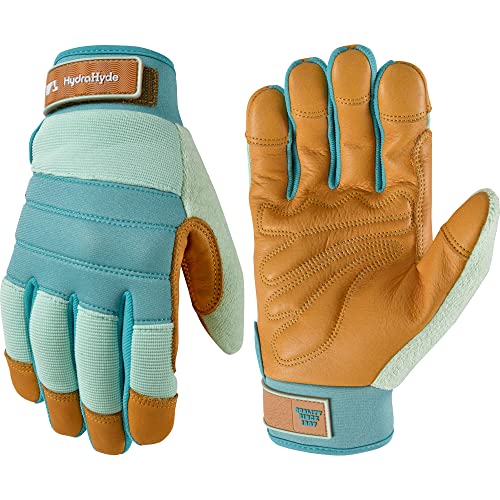Best dwarf evergreens for small spaces – 5 compact shrubs for year-round greenery
These dwarf evergreens will maintain impact and interest in every season
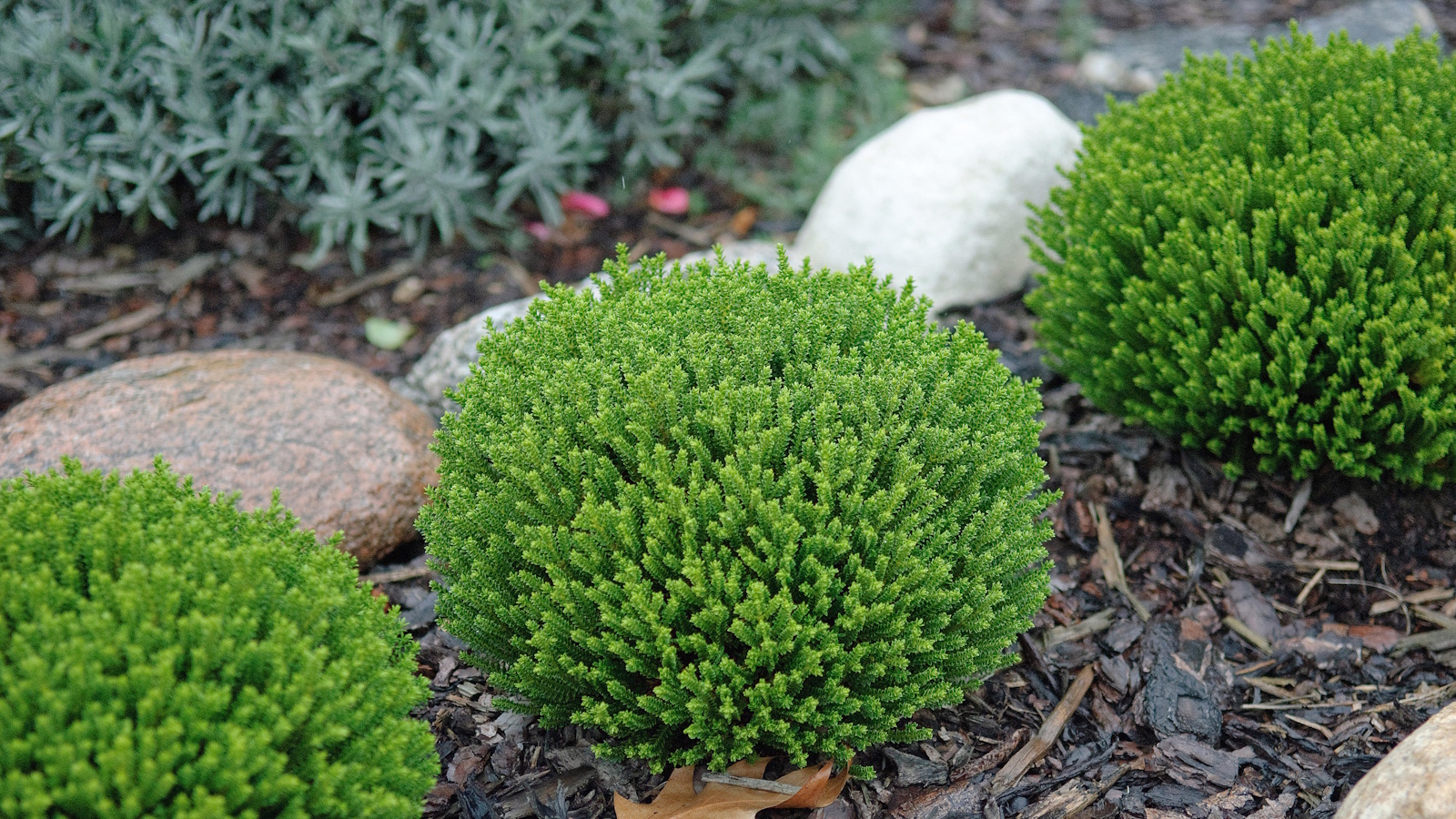

Dwarf evergreens are perfect for maintaining interest in the garden, even in small spaces. Fortunately, there are many attractive species to choose from, all of which retain their foliage during dark and cold winter months.
As a former professional gardener, I’ve used many different dwarf evergreens in planting schemes, finding them particularly useful in urban plots where space is often at a premium. And, far from just forming the backbone of schemes, many dwarf evergreens are fragrant, have unusual coloring or even produce brilliant blooms, more than earning their spot in any yard.
So, if you’re seeking reliable but compact dwarf evergreens to plant underneath your evergreen shrubs, we have put together a list of five of the best to try this year.
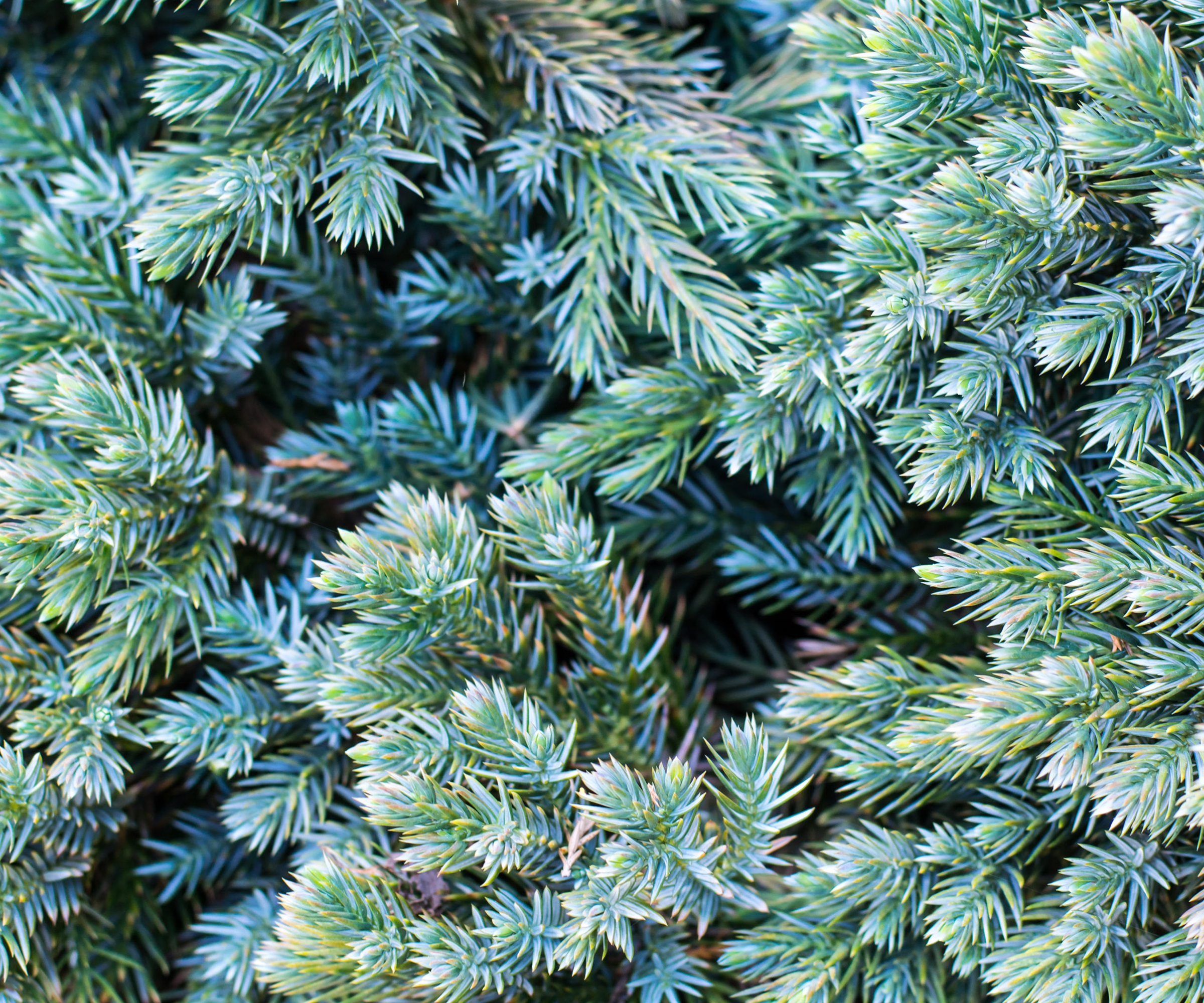
Best dwarf evergreens
If you are landscaping with evergreens in smaller spaces, the good news is that there are hundreds of interesting and attractive dwarf evergreens to choose from that can be grown alongside some of the best dwarf trees. Importantly, remember to select species that are best suited to your US hardiness zone. For example, if you reside in zone 5, planting tender evergreens that are native to southern regions is not a good idea.
1. Creeping Juniper
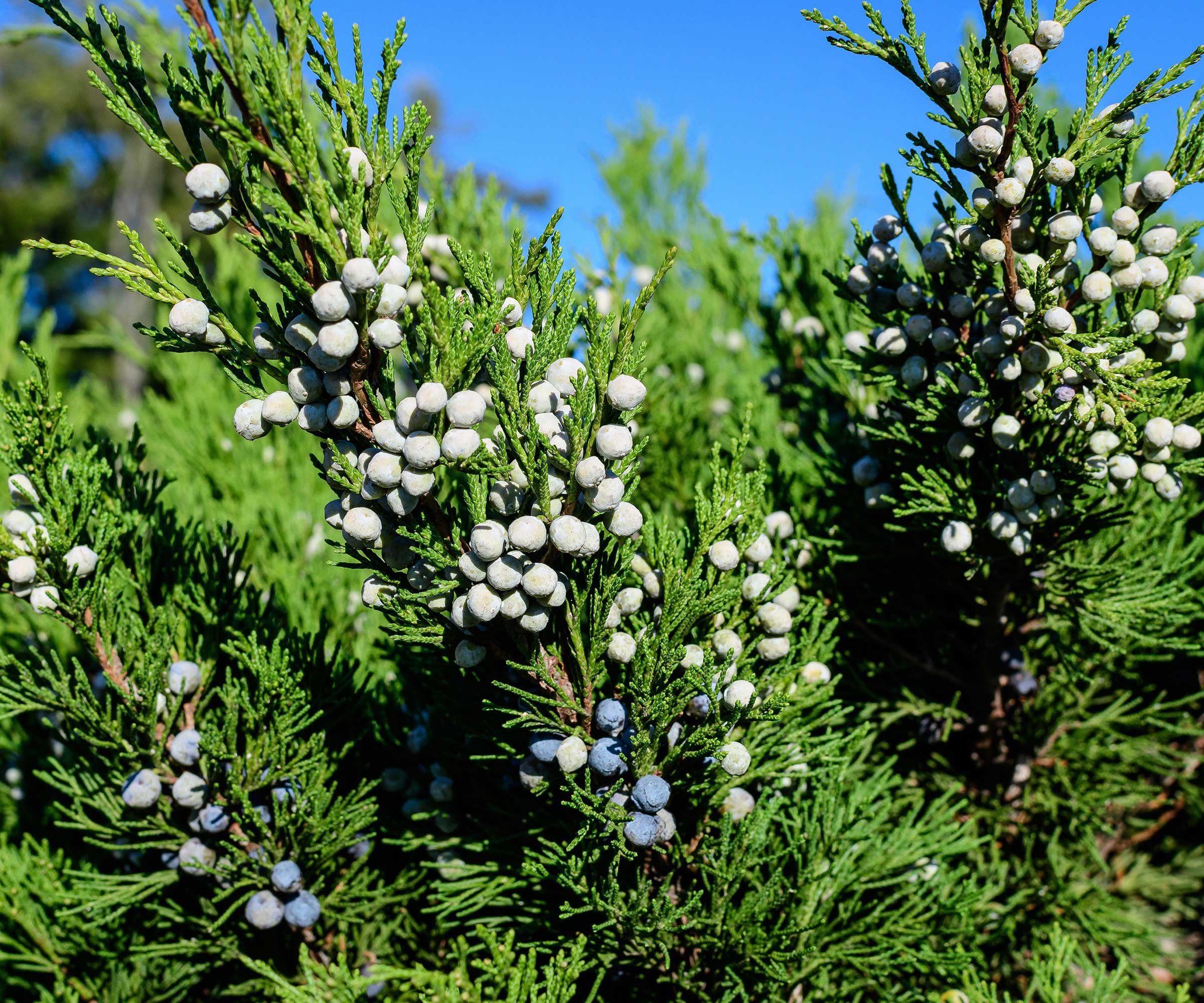
'Junipers are some of the best fragrant evergreens,' says Sam Niemann, garden expert and founder of Grown by Design, a boutique landscape design firm based in San Diego. 'There are many compact varieties, including creeping juniper, Juniperus horizontalis, or the dwarf juniper, Juniperus procumbens, which both grow somewhere between one to two feet tall.
'I like junipers as they are effective even in colder, northern regions,' Sam says. 'Most can be grown from US hardiness zone 4 plus, making for an ideal evergreen ground cover plant even in states that experience frost and snow in winter.'
In terms of how to grow creeping juniper, plant in a sunny spot and well-draining soil. If you are looking to create cloud-like shapes or juniper mounds, prune in early spring for the best results. I would keep this evergreen alongside a pathway or patio, as the foliage will produce a delicate fragrance when brushed.
Creeping juniper live starter plants are available to order from Amazon.

Sam is a lifelong gardener whose passion for plants and nature has been the driving force behind his extensive knowledge and expertise in horticulture. He studied at San Diego State University, earning a degree in Finance while simultaneously founding Grown by Design, a boutique landscape design firm.
2. Dwarf bottlebrush
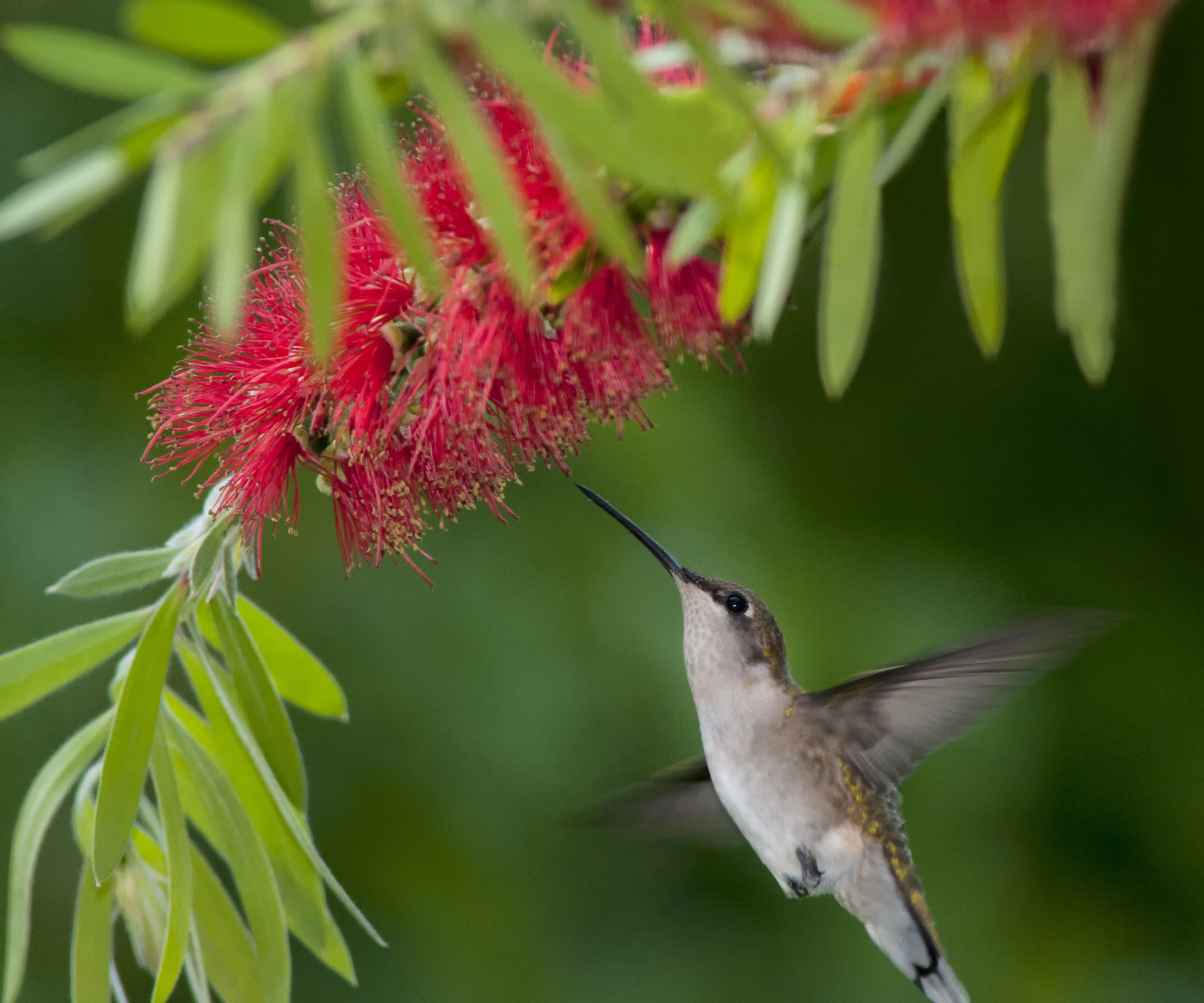
'Growing bottlebrush plants will fill any yard with firework-like blooms,' says Tatiana Anderson, plant expert and co-founder of Top Tropicals. 'In general, there are very few bottlebrush tree problems to be worried about, and these plants are tough and resilient.'
While you might be used to seeing large bottlebrush trees or shrubs in borders, often reaching between 10 and 20 feet tall, there are dwarf varieties, such as Callistemon viminalis 'Little John', which will grow to a height of 3 feet. As with all bottlebrushes, or Callistemon spp., 'these evergreens are best suited to warmer US hardiness zones, so stick to zone 8 and above,' Tatiana adds.
Position in a full sun location, ideally with six to eight hours of sunshine each day, in well-draining soil. 'They can tolerate poor, sandy soils, but beware of waterlogging, which can prove challenging for these plants.'
In a sheltered, sunny spot, the dwarf 'Little John' variety will retain its lance-shaped foliage year-round, making for a striking, if unique, evergreen. Live starter plants of the dwarf 'Little John' variety are available from Amazon.
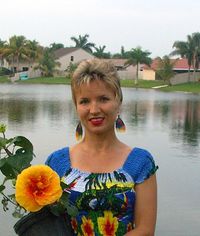
Tatiana Anderson is the co-owner and co-founder of Top Tropicals, based in Fort Myers, Florida. Top Tropicals grow and sell a whole range of flowering and fruiting tropical plants.
3. Dwarf mountain pine
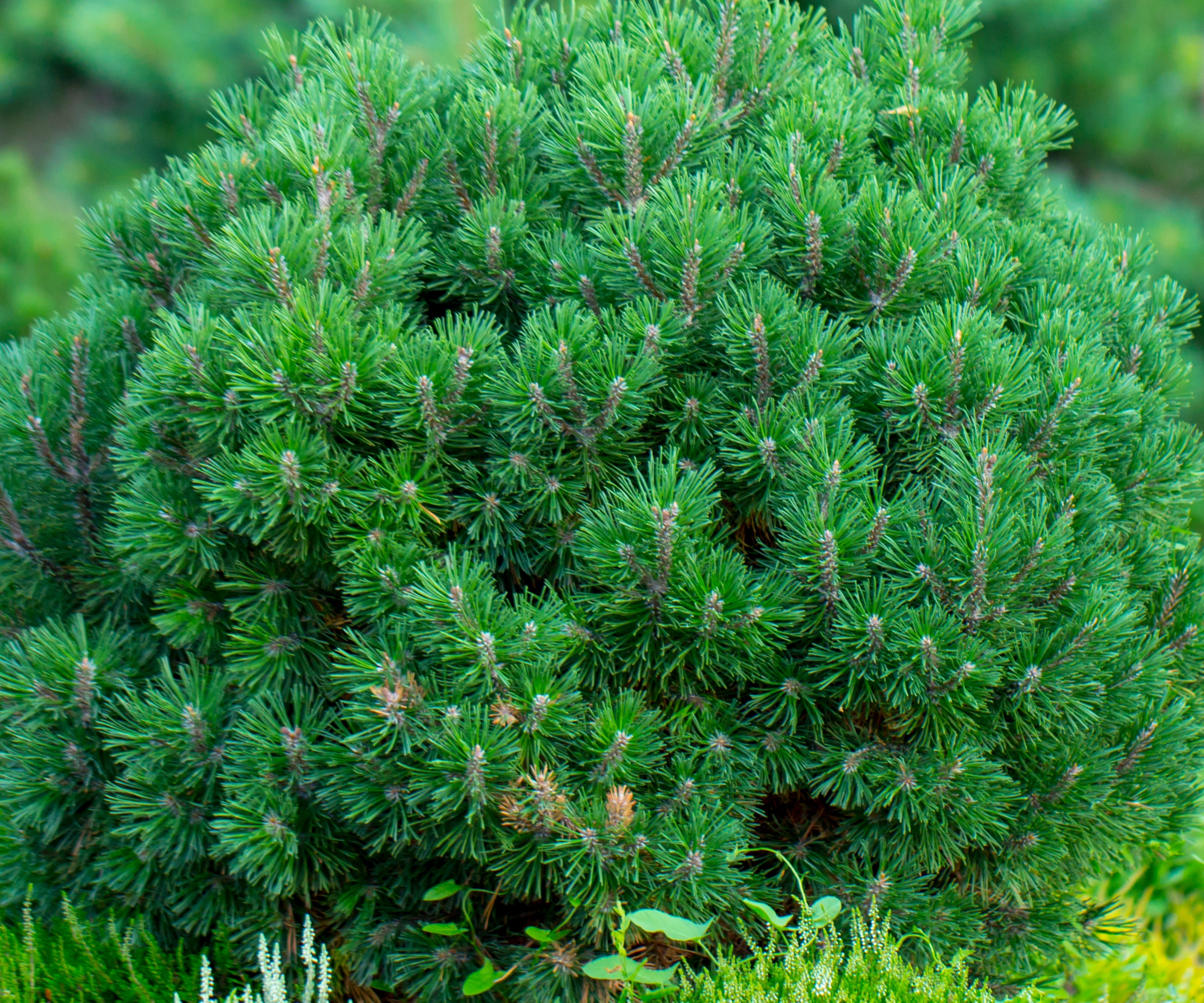
Many of the best pine trees have dwarf varieties, including several different mountain pines, such as Pinus mugo 'Humpy' and Pinus mugo 'Mops'. Often considered one of the best evergreens for small front yards, the slow-growing Pinus mugo is a good option for compact spaces, and many designers use this species as a structural and textural foliage plant.
Most mountain pines tend to have a growth rate of 2 to 4 inches per year, meaning that they rarely require pruning. So, with a naturally rounded form that rarely requires attention, they are a great low-maintenance dwarf evergreen option.
Pinus mugo can be grown in both mild and cool regions from US hardiness zone 3 to US hardiness zone 7, thriving in full sun and poor soils.
Pinus mugo live plants are available from Walmart.
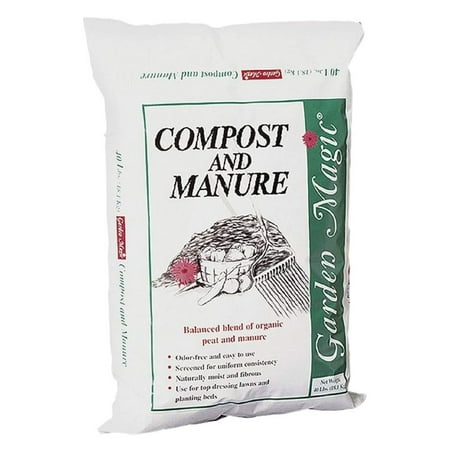
This potting mix is perfect for adding to your borders. With incorporated manure, you will get the most from your dwarf evergreen plants.
4. Pittosporum
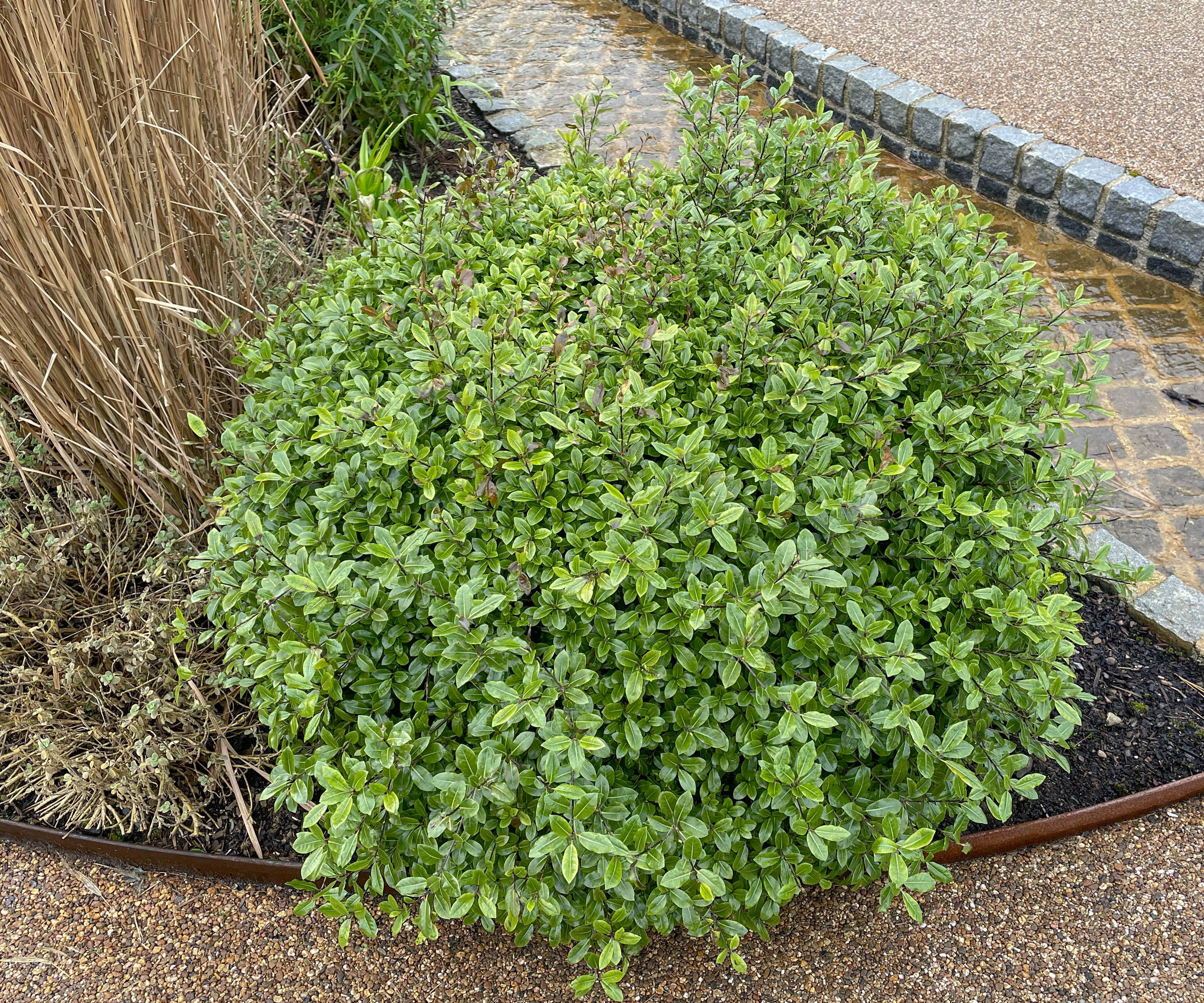
There are over 250 species of plants in the family Pittosporaceae that come in a range of shapes and sizes. The popular Pittosporum tenuifolium, for example, can eventually reach 26 feet tall. However, there are many dwarf varieties available, including Pittosporum tenuifolium 'Golf Ball', as seen in the image above. Another option is Pittosporum tobira 'Nanum', which grows only to a height of 3 feet and has leathery, succulent-like leaves.
These evergreen shrubs, while adaptable, tend to do better in mild and warmer regions, growing well from zone 8 plus. Plant them in full sun to part shade in a border that has well-draining soil.
Pittosporum shrubs benefit from annual pruning, helping to keep them compact and dense. If left unpruned for many years, they do have a tendency to turn woody, with foliage at the end of long stems. Therefore, regular trimming is crucial, which is best done from spring to late summer, avoiding any temperature extremes.
Pittosporum shrubs are available to buy online at Walmart.
5. Dwarf Hebe
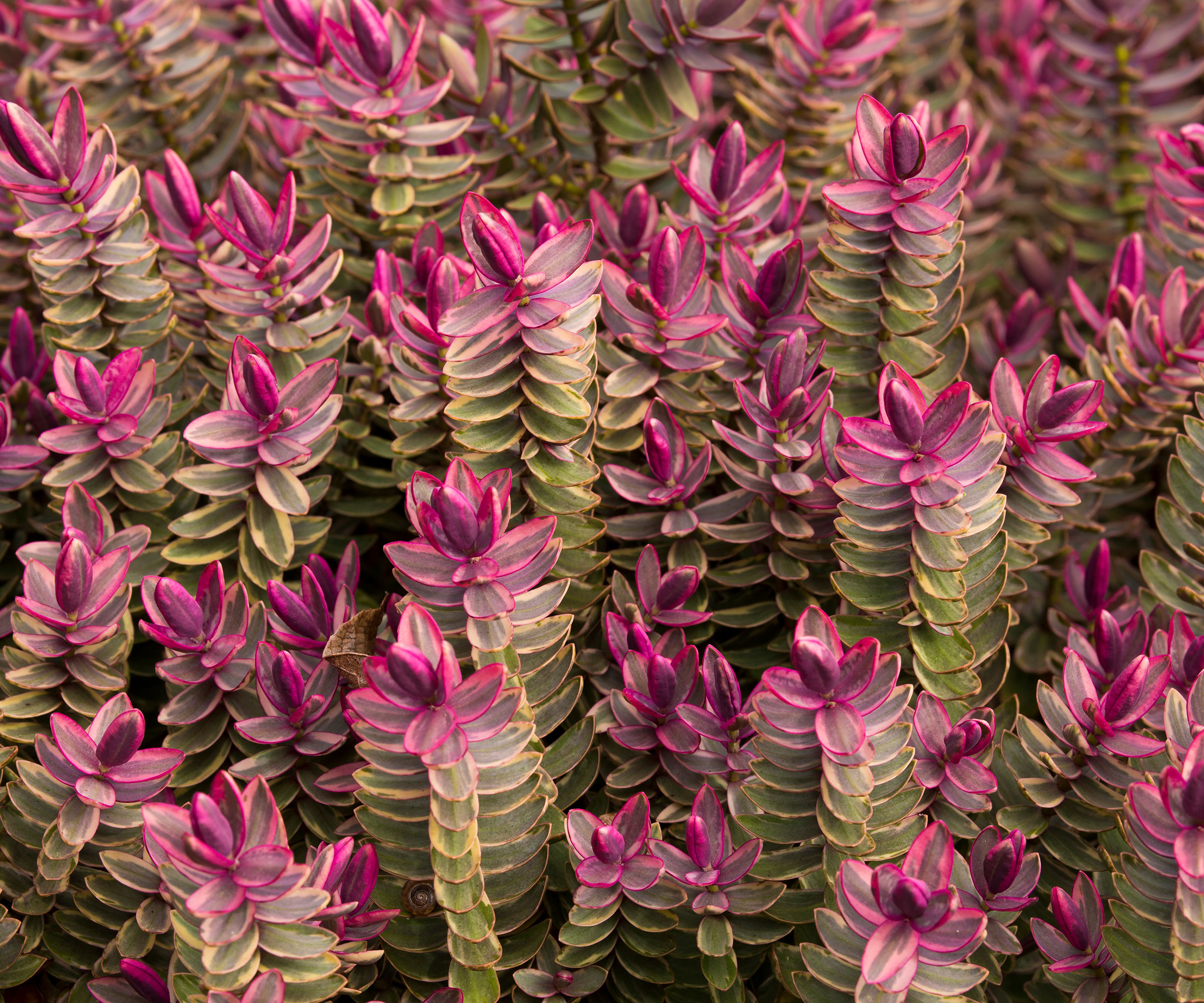
Hebe plants are versatile, evergreens that look particularly impactful towards the front of a garden border. As you can see in the image here, certain hebe varieties have unique foliage shades and flowers, making for an ornamental addition to any space.
There are many dwarf varieties, such as Hebe ‘Emerald Gem’ or ‘Patty’s Purple’, both of which are perfect for small gardens. Hebe plants grow best from zone 7 plus, preferring a sunny spot and well-draining soil.
They can also grow well in pots or window boxes, which is a good option for renters or those with small urban terraces or balconies.
FAQs
What dwarf evergreen would you recommend for a container garden?
There are many dwarf evergreens that could be grown in containers. Pinus mugo is one good option that is slow-growing and would not need regular pruning. I grew this species in containers on a balcony when working as a gardener in east London, and found its drought-tolerant needles resilient even during hot summer months.
Whatever dwarf evergreens you grow, remember to water them consistently during the first year as they establish roots. Spring or fall is typically the best time to plant them, at a time when the soil is mild and moist. For more plant inspiration, see our guide to some of the easiest evergreen trees to grow this year, helping you to create a green canopy above your dwarf evergreen species. Or, if you want to boost your curb appeal this year, check out our list of the best low-maintenance evergreen shrubs for the front yard.
Sign up to the Homes & Gardens newsletter
Design expertise in your inbox – from inspiring decorating ideas and beautiful celebrity homes to practical gardening advice and shopping round-ups.

Thomas is a Content Editor within the Gardens Team at Homes and Gardens. He has worked as a professional gardener for both public spaces and private estates, specializing in productive gardening, growing food and flowers. Trained in Horticulture at the Garden Museum, he has written on gardening and garden history for various publications, including The English Garden, Gardens Illustrated, Hortus, The London Gardener and Bloom. He has co-authored a Lonely Planet travel book, The Tree Atlas, due out in 2024.
You must confirm your public display name before commenting
Please logout and then login again, you will then be prompted to enter your display name.
-
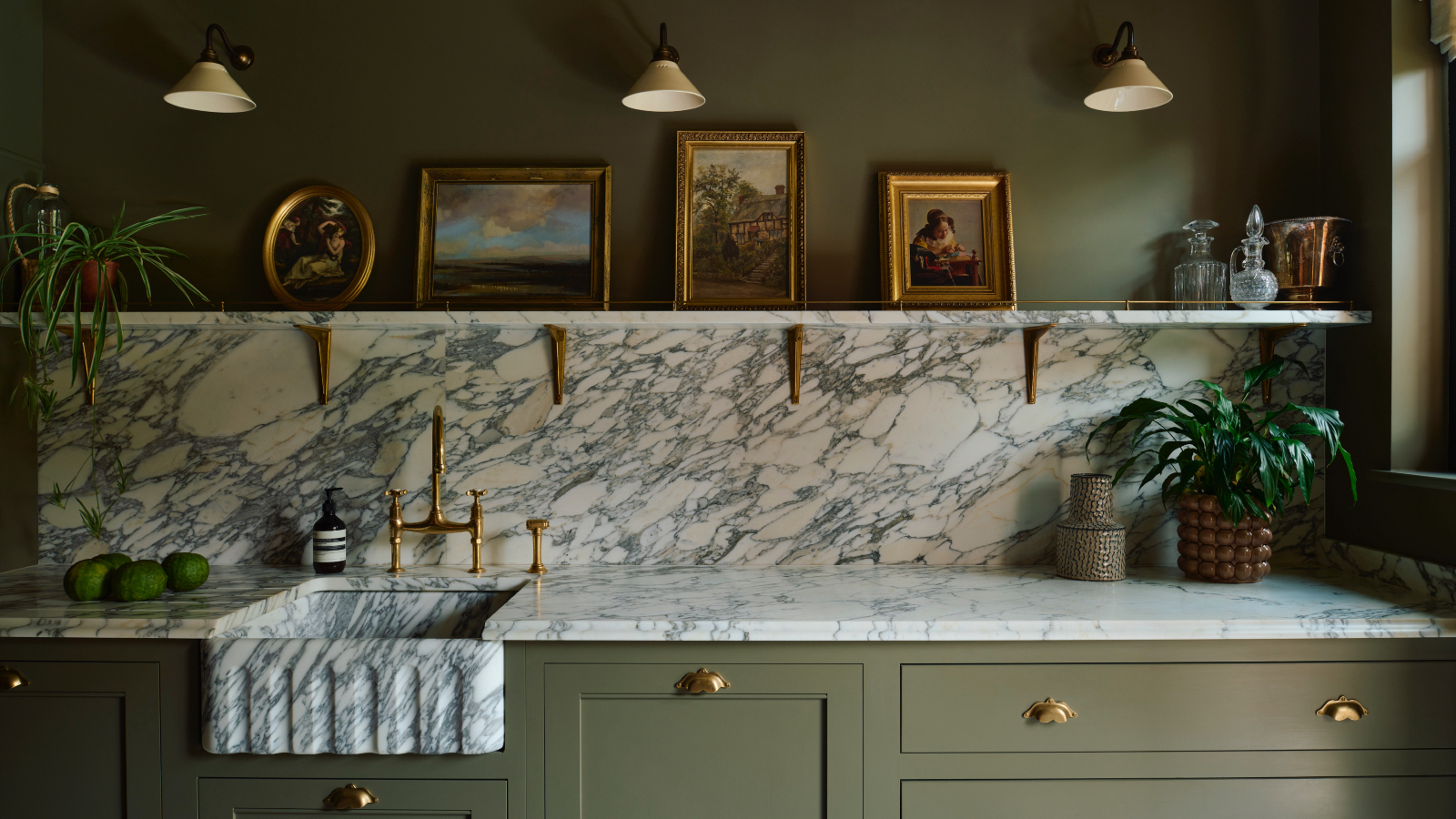 From multi-tasking Geminis, to creative Leos, this is the best cleaning style for your star sign – astrologers reveal how to harness the Zodiac for easier chores
From multi-tasking Geminis, to creative Leos, this is the best cleaning style for your star sign – astrologers reveal how to harness the Zodiac for easier choresTap into the traits of your star sign to cosmically ace cleaning your home
-
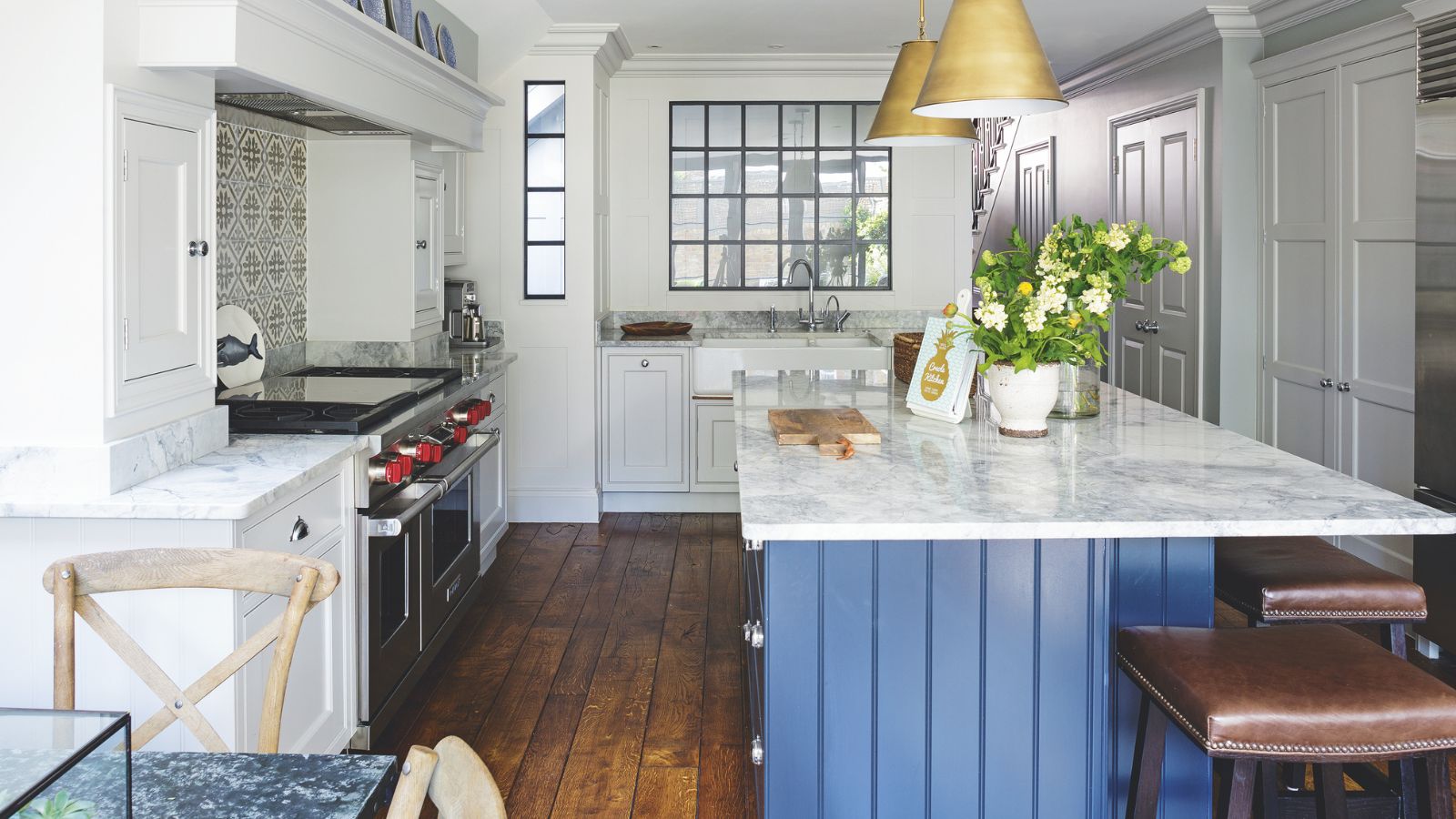 Say goodbye to ants by spraying this 1 natural repellent around your home – and no, it's not vinegar
Say goodbye to ants by spraying this 1 natural repellent around your home – and no, it's not vinegarIt's a cheap, non-toxic and eco-friendly solution, but it does have drawbacks, says our pro
-
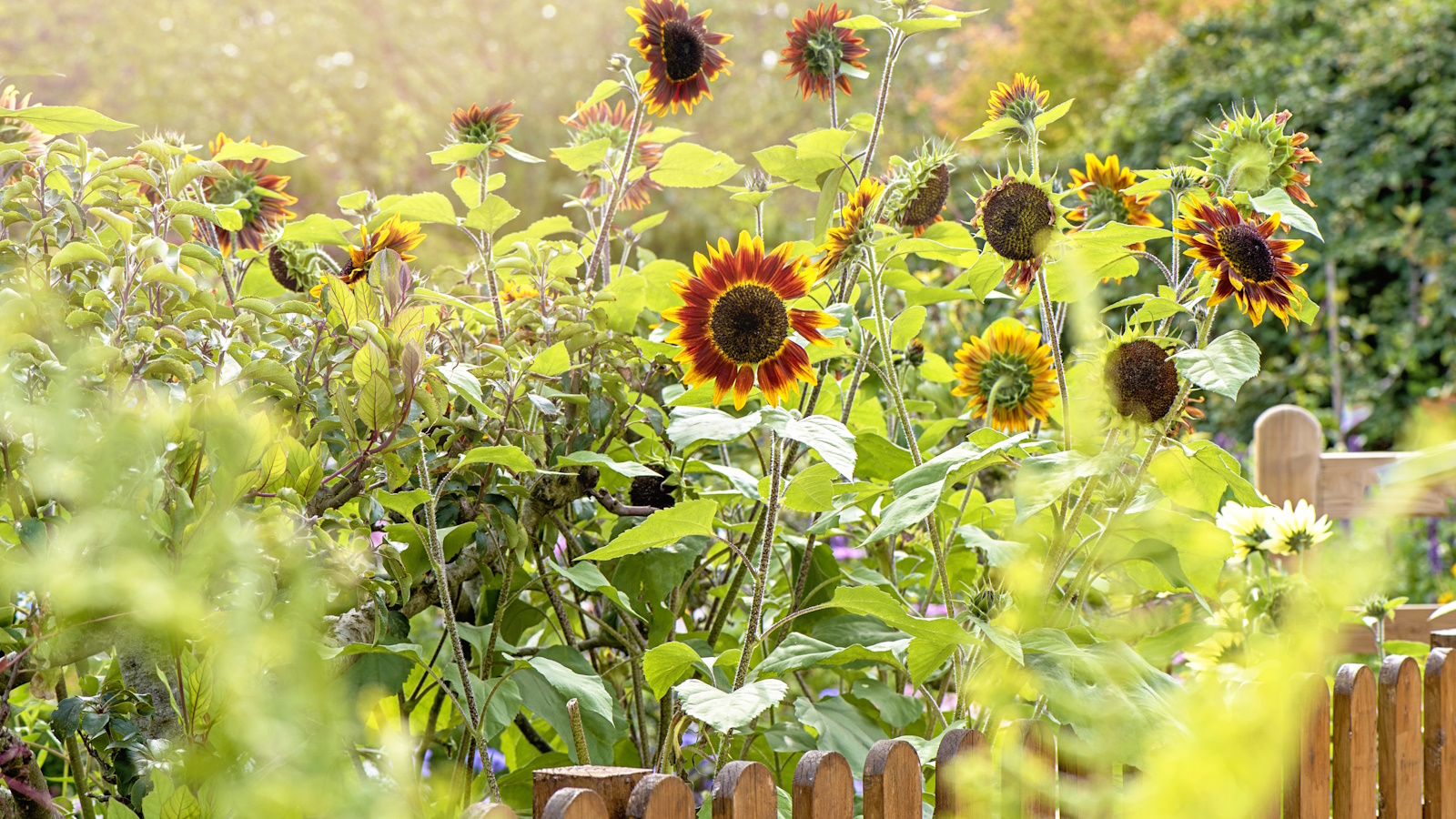 Best dwarf sunflowers for pots and small spaces – transform even tiny yards this summer with these bold, colorful blooms
Best dwarf sunflowers for pots and small spaces – transform even tiny yards this summer with these bold, colorful bloomsThese container-friendly dwarf sunflowers are sure to put on a summer show in your garden, whatever the size
-
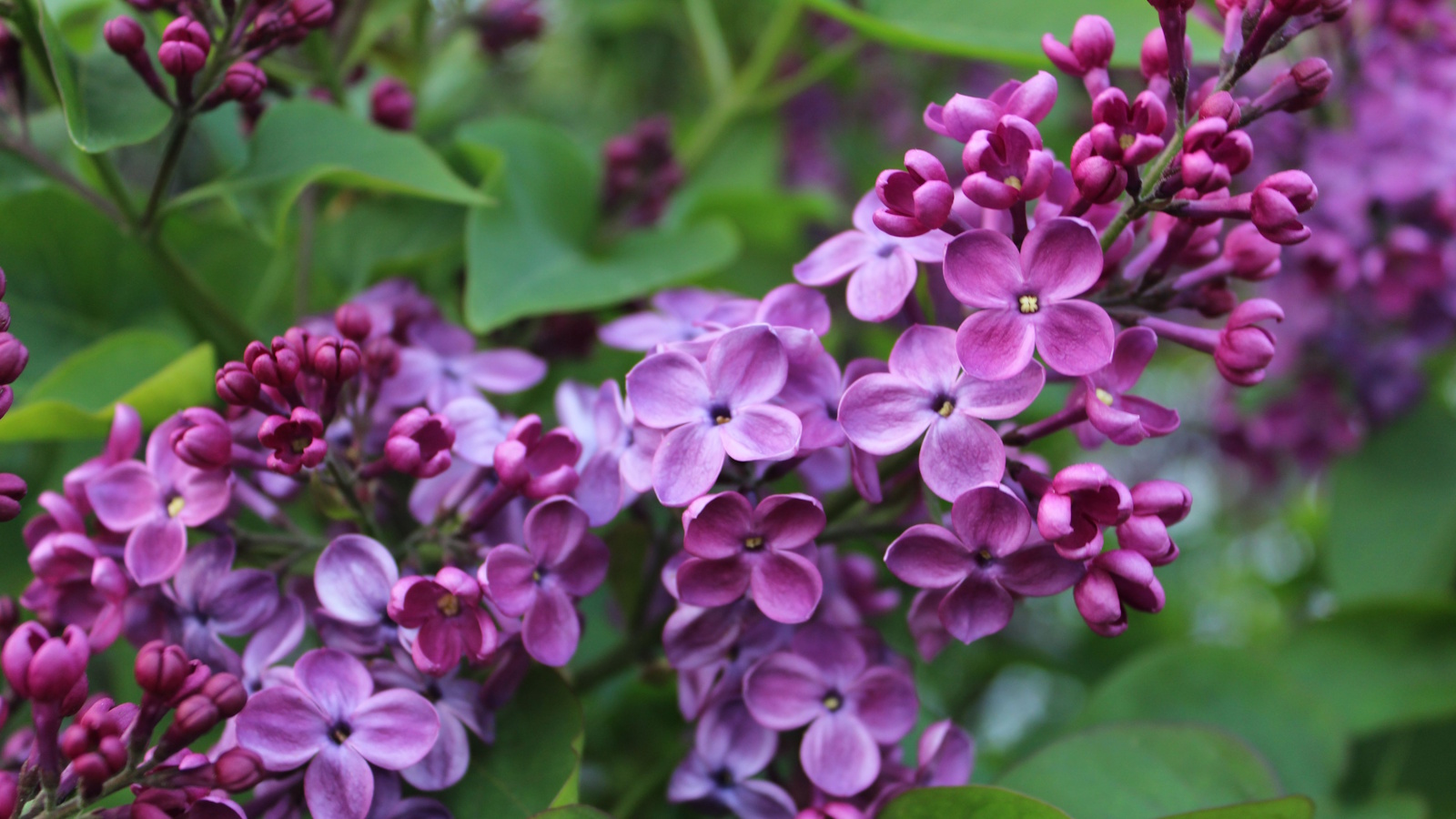 Is it necessary to deadhead lilac flowers? Here's what I've learned after a decade working as a professional gardener
Is it necessary to deadhead lilac flowers? Here's what I've learned after a decade working as a professional gardenerDeadheading spent lilac blooms can help to improve the appearance of your plants, but it won't encourage any more blooms
-
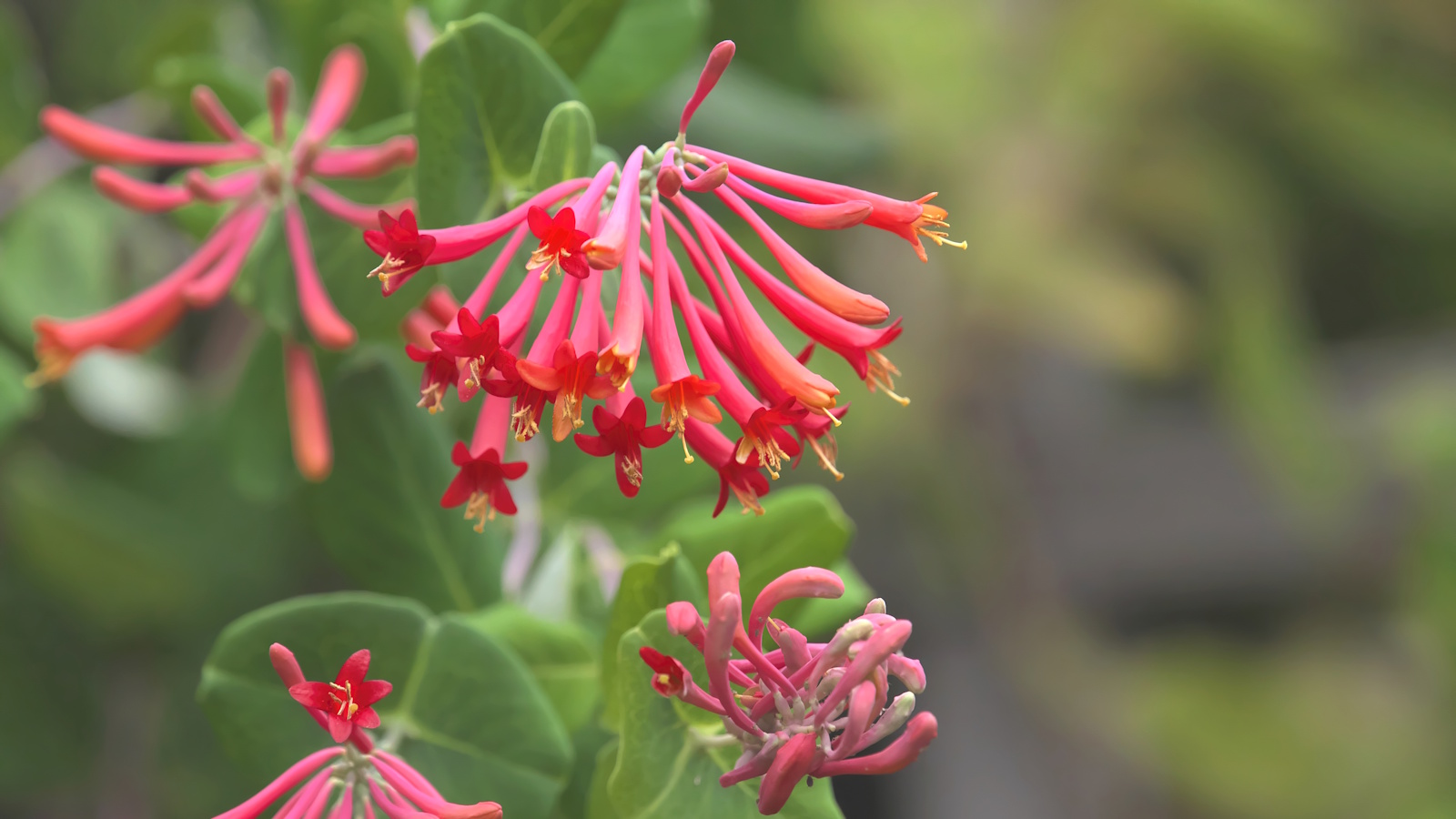 Best climbers to attract hummingbirds – 5 nectar-rich vines with vibrant, colorful flowers to fill pots and borders
Best climbers to attract hummingbirds – 5 nectar-rich vines with vibrant, colorful flowers to fill pots and bordersHummingbirds, butterflies and bees will not be able to stay away from these easy-to-grow flowering climbers
-
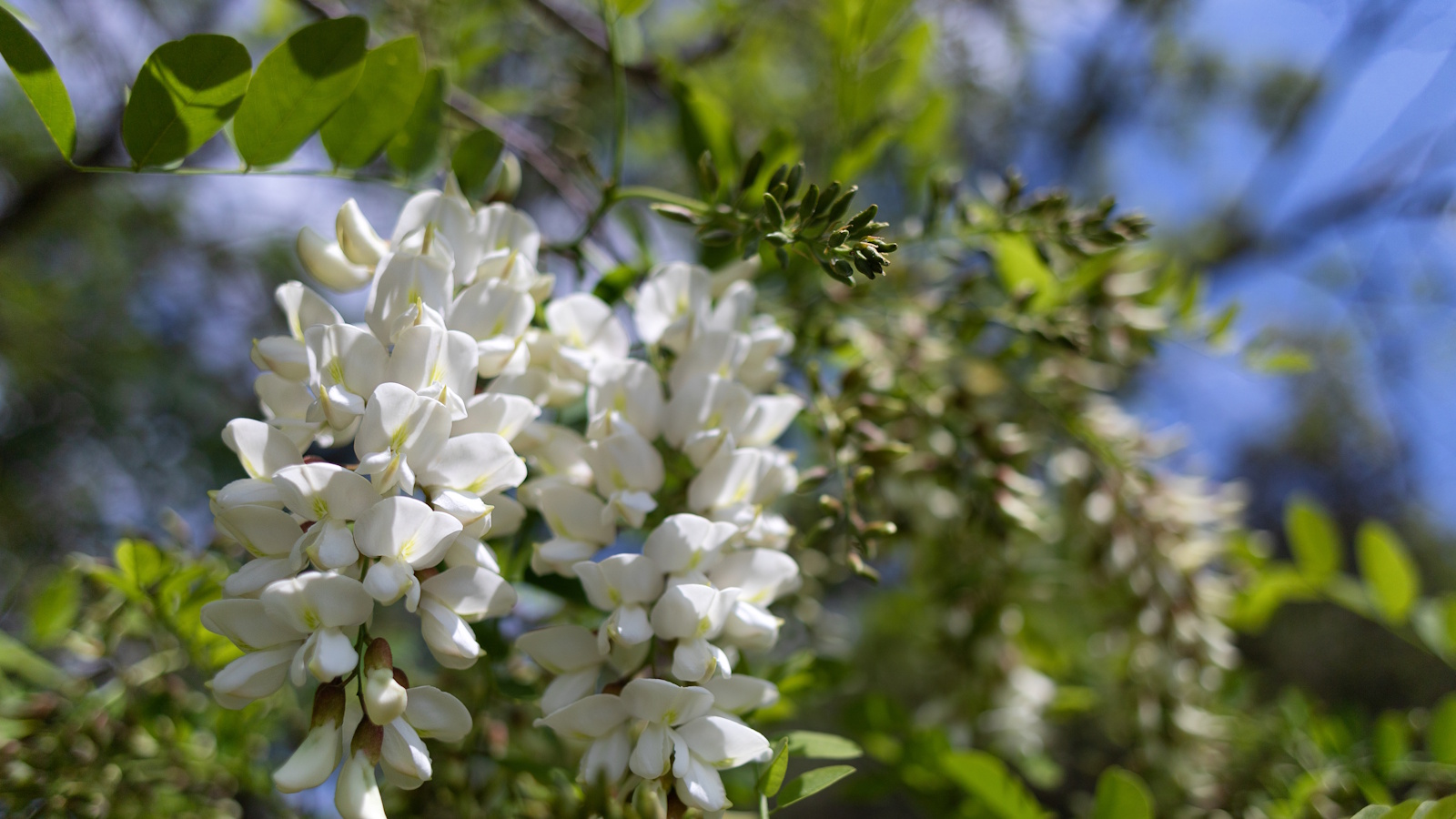 5 plants with thorns and spines to avoid in family gardens – plus the safer alternatives to grow instead
5 plants with thorns and spines to avoid in family gardens – plus the safer alternatives to grow insteadWhile these plants are good for intruder-proofing your yard, they might not be ideal in homes with young children or pets
-
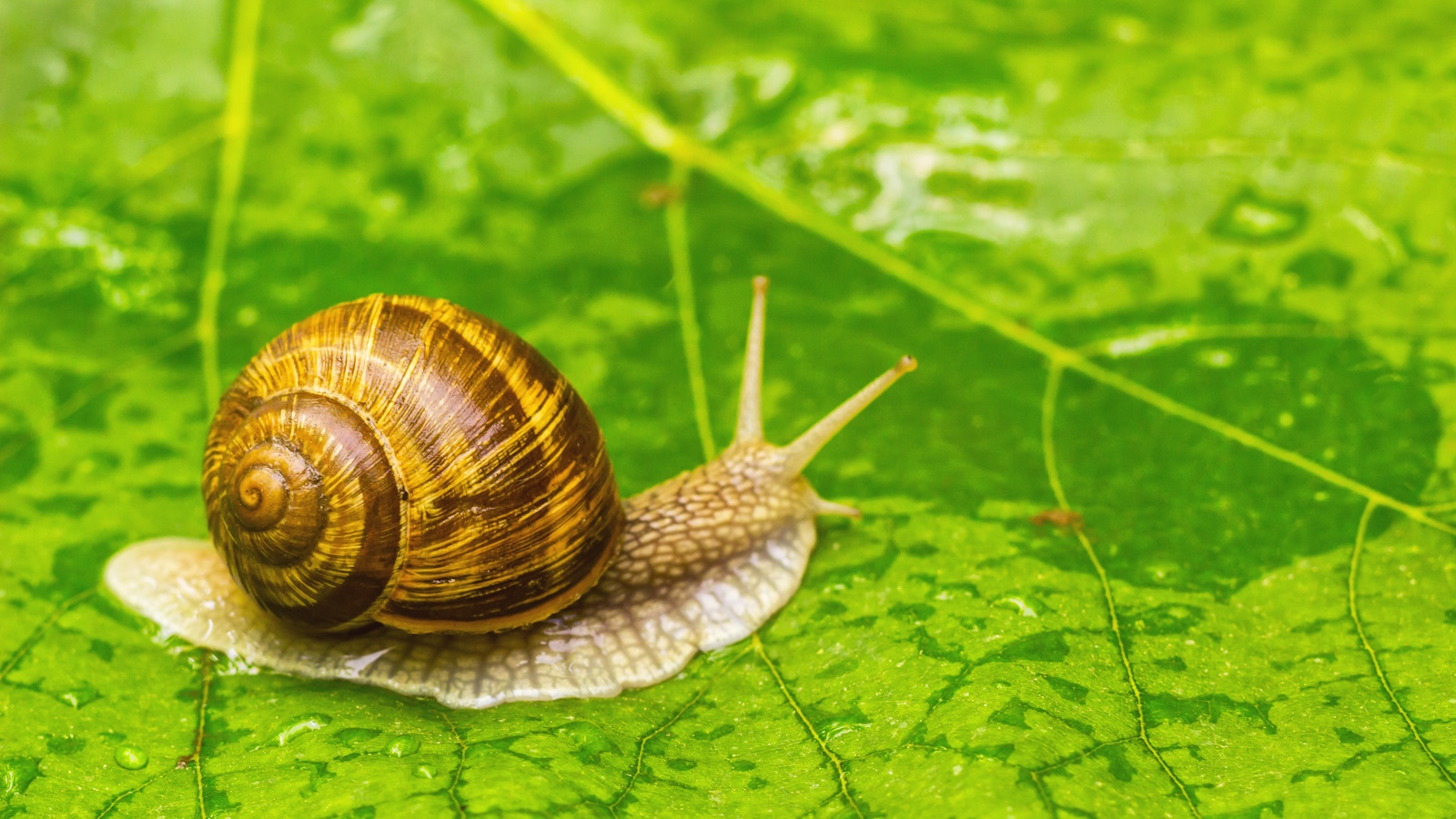 This common vegetable is the best natural defence against slugs and snails – and you probably already have one in your fridge
This common vegetable is the best natural defence against slugs and snails – and you probably already have one in your fridgeHere's how to pest-proof your flower beds and veg garden this year
-
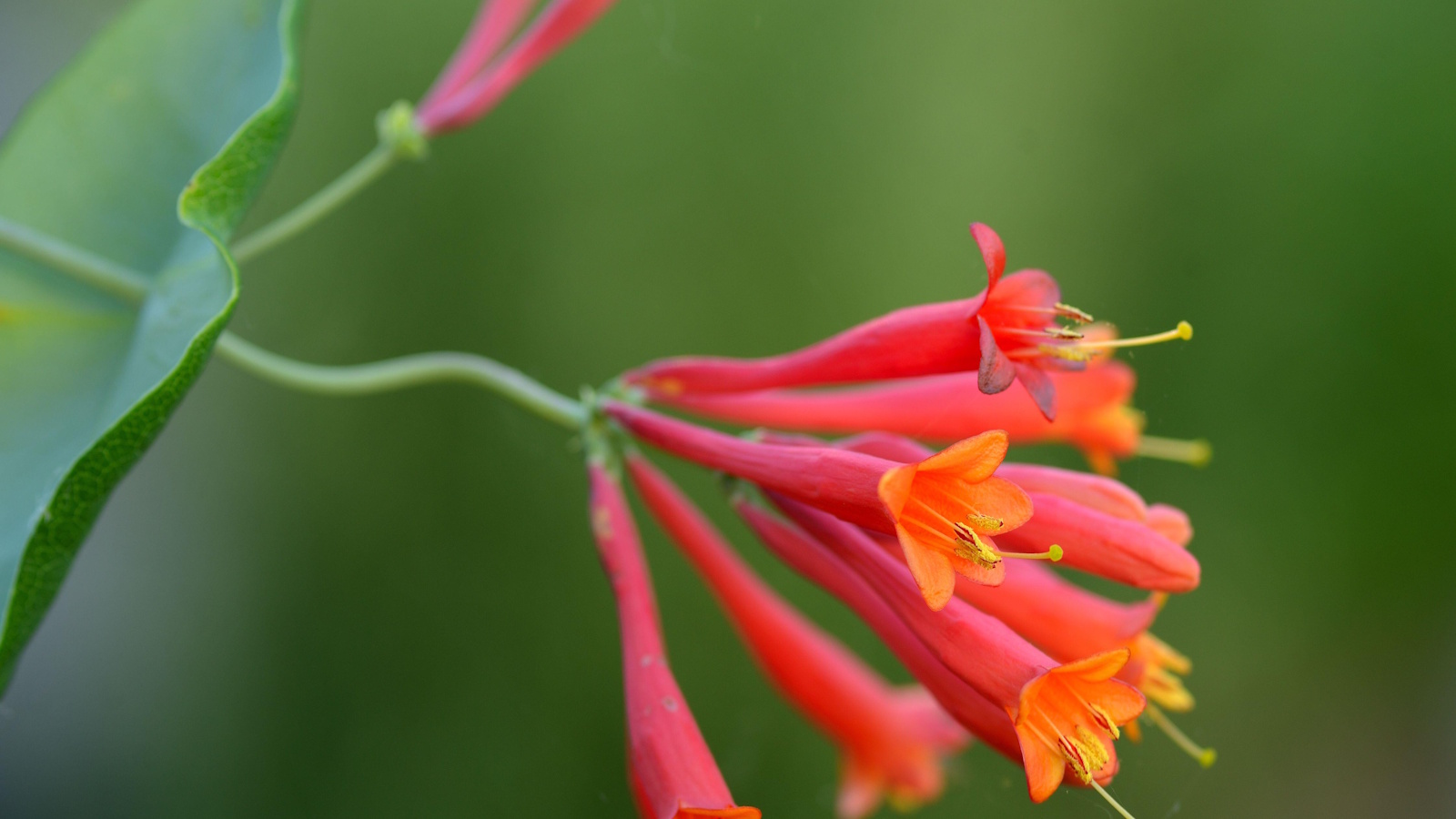 Native alternatives to invasive wisteria – 5 North American climbing plants with spectacular foliage and flowers to grow instead
Native alternatives to invasive wisteria – 5 North American climbing plants with spectacular foliage and flowers to grow insteadThese native vines will fill garden walls, fences and pergolas with greenery
-
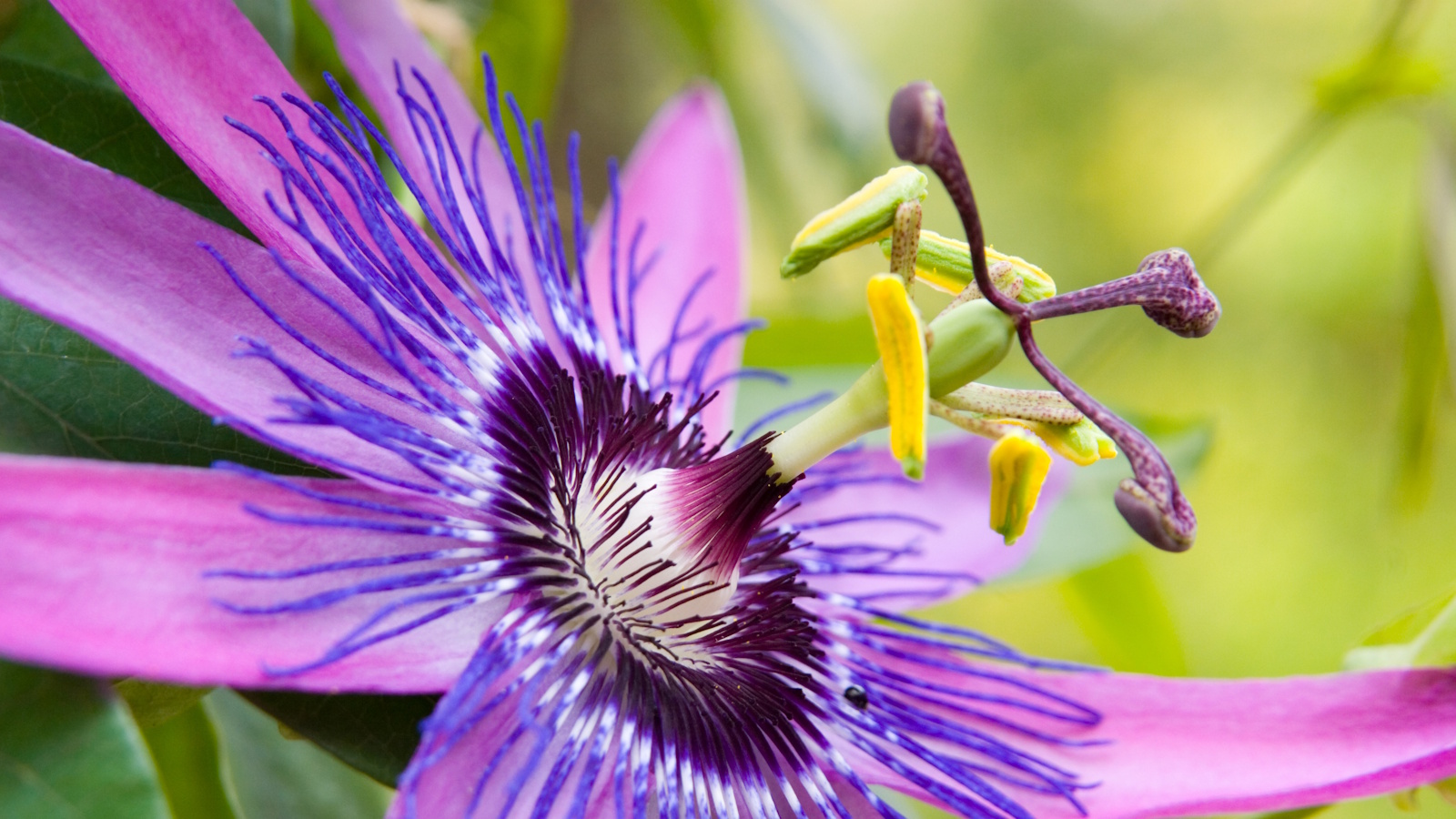 How to grow passion flowers in pots – the ultimate flowering vine that will transform any garden, whatever the size
How to grow passion flowers in pots – the ultimate flowering vine that will transform any garden, whatever the sizeLearning how to grow passion flowers in pots is a great option for gardeners with compact yards
-
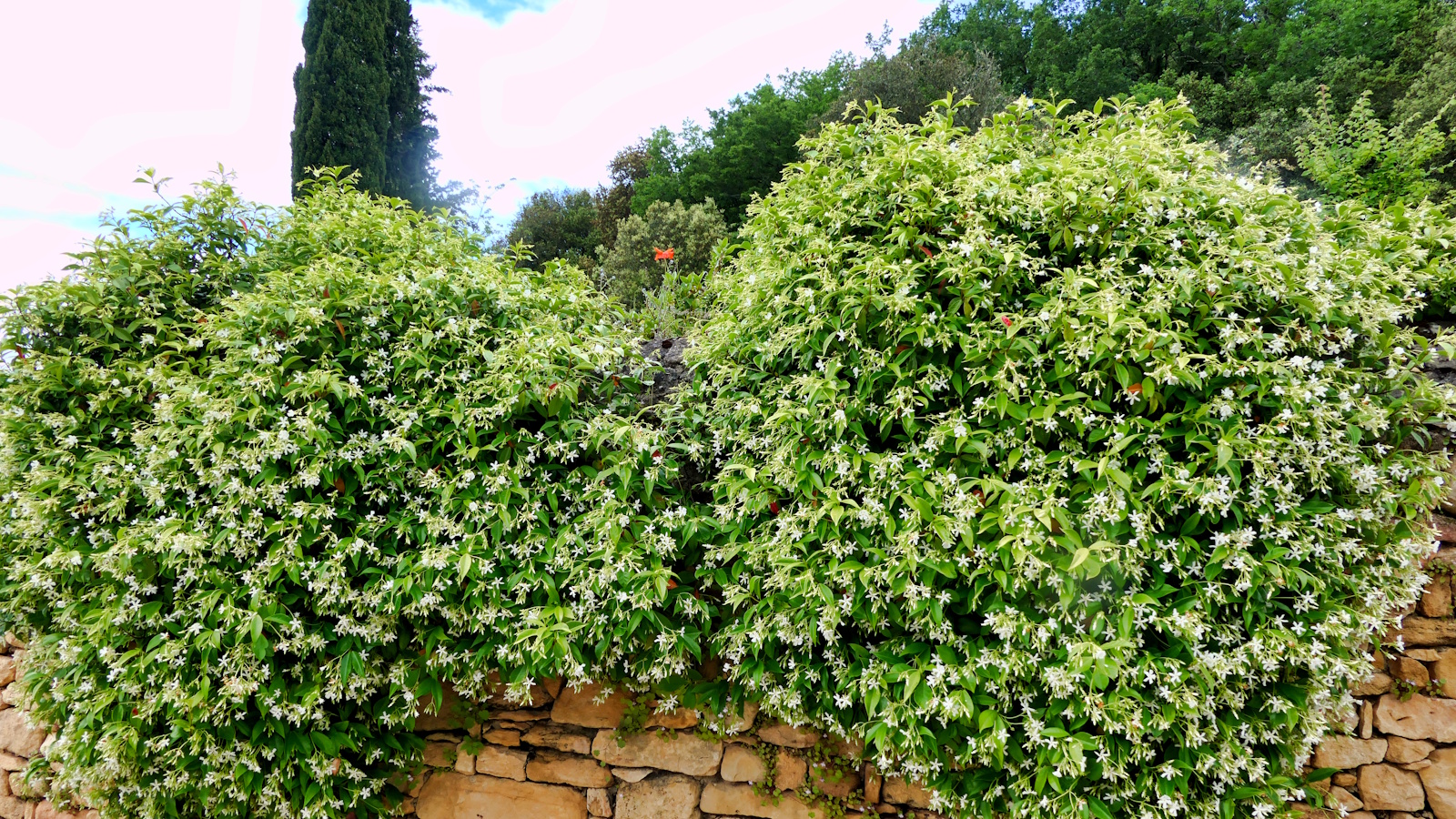 How to fertilize star jasmine – experts reveal the secrets for healthy climbing plants with masses of scented blooms
How to fertilize star jasmine – experts reveal the secrets for healthy climbing plants with masses of scented bloomsFeeding your vines at the right time can give them a boost during the growing season
